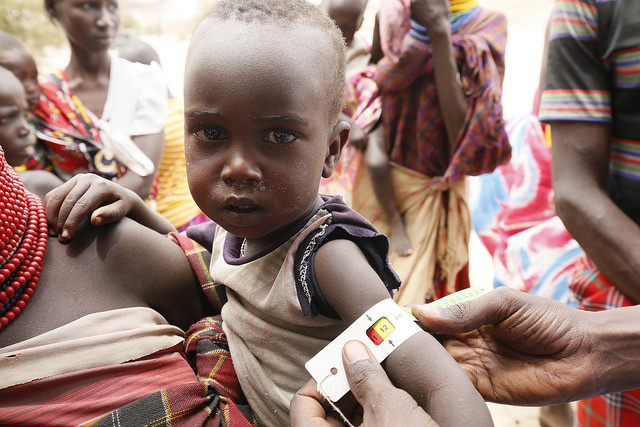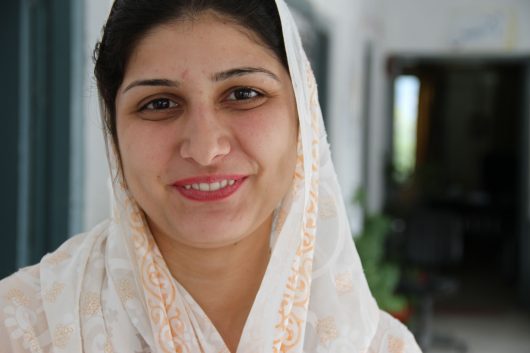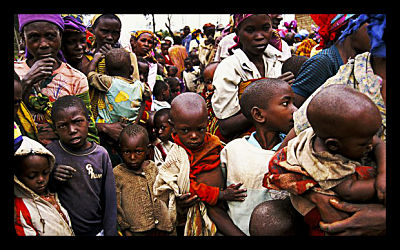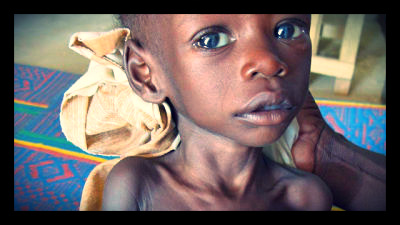 Sesame Street is developing two Rohingya muppets to help refugee children overcome trauma. Sesame Street aims to address the effects of poverty by fostering access to education. Poverty affects all aspects of life. Children who live in poverty suffer from many physical, intellectual and emotional complications. Child stunting, for example, is a result of nutrient-deficient diets, repeated infection and a lack of psychosocial stimulation in the first years of a child’s life. This has dire long-term outcomes for children, including impaired intellectual development. Sesame Street’s Rohingya muppets aim to improve the intellectual development of Rohingya children, which directly affects education, and in turn, poverty.
Sesame Street is developing two Rohingya muppets to help refugee children overcome trauma. Sesame Street aims to address the effects of poverty by fostering access to education. Poverty affects all aspects of life. Children who live in poverty suffer from many physical, intellectual and emotional complications. Child stunting, for example, is a result of nutrient-deficient diets, repeated infection and a lack of psychosocial stimulation in the first years of a child’s life. This has dire long-term outcomes for children, including impaired intellectual development. Sesame Street’s Rohingya muppets aim to improve the intellectual development of Rohingya children, which directly affects education, and in turn, poverty.
Stunting and Malnutrition in Rohingya Children
The Rohingya people are a stateless Muslim minority group who have lived in a state of flux, between Myanmar and Bangladesh, since they were forced to flee Myanmar. They were violently persecuted by the Myanmar military, an instance of ethnic cleansing. Close to 800,000 Rohingya refugees have escaped to Bangladesh. It is common for refugees to live in refugee camps within Bangladesh.
A group of refugee camps, located in Cox’s Bazar, was the subject of a 2017-2018 study on the rates of stunting and malnutrition in Rohingya children. The study found that the rate of stunting “dropped from 44% to 38% in the main camp.” Although it is positive that the rate of childhood stunting declined, the rate of childhood stunting still remained dangerously close to the World Health Organisation’s (WHO) critical health emergency threshold of 40%.
Additionally, the rate of acute malnutrition dropped from close to 20% to nearly 10%. Childhood deaths declined. The rate of diarrhea, caused in some instances by dehydration or bacterial infection, also declined. Nonetheless, these rates remain too high to relieve concerns and the situation is still described as dire.
Malnutrition affects a child’s developing brain, impacting education and reducing the ability of a person to lift themselves out of poverty.
Sesame Street’s Rohingya Muppets
The majority of humanitarian funding is deployed to address acute effects of poverty like stunting and malnutrition. Sesame Street aims to address the effects of poverty by focusing on education and intellectual development. Sherrie Westin is the president of social impact for Sesame Workshop and she identified that “less than 3% of all aid is used for education.”
Sesame Street’s Rohingya muppets consist of two characters, Noor Yasmin and Aziz, to connect with Rohingya children on an intellectual and emotional level. Westin feels that without intervention by Sesame Street, Rohingya children risk growing up unable to read and write or do simple math.
Westin cited scientific research as the basis for her concern. Similar to the way inadequate dietary nutrition and disease lead to physical stunting, stress and trauma stunt brain development. Sesame Street aims to address the effects of poverty by providing emotional and intellectual support to Rohingya children who have endured trauma.
BRAC’s Humanitarian Play Lab
In Bangladesh, Sesame Street partnered with BRAC. BRAC’s Humanitarian Play Labs are designed to help children learn through play and recover from emotional trauma in the process. BRAC designs its play labs to resemble settings that are familiar to the children it works with. In Bangladesh, this means that Rohingya children are surrounded by “motifs and paintings significant to Rohingya culture.”
Sesame Street’s Rohingya muppets reflect an integral part of BRAC’s approach. Children relate best to characters that they can identify with and they flourish in settings that are familiar and comfortable. BRAC’s success speaks for itself. Close to 90% of the kids that BRAC works with complete the fifth grade of schooling.
Sesame Street Addresses Rohingya Poverty
While the humanitarian crisis among Rohingya refugees is ongoing, recognition of the long-term effects of stress and trauma on intellectual development is crucial to lifting the Rohingya out of poverty. Education alleviates poverty and negating the effects of trauma will allow for proper intellectual development to take on educational endeavors. Sesame Street aims to address the effects of poverty by focusing its attention on the intellectual development of Rohingya children.
– Taylor Pangman
Photo: Flickr
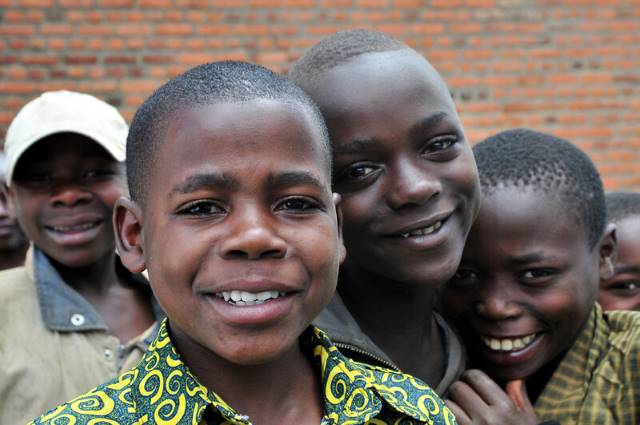 Rwanda, an East African country, has a population of about 12.3 million. Around 45% of the country’s population, roughly 5.4 million, are under the age of 18. The rate of poverty has decreased from 59% to 40% since 2000. Additionally, the rate of extreme poverty was
Rwanda, an East African country, has a population of about 12.3 million. Around 45% of the country’s population, roughly 5.4 million, are under the age of 18. The rate of poverty has decreased from 59% to 40% since 2000. Additionally, the rate of extreme poverty was 